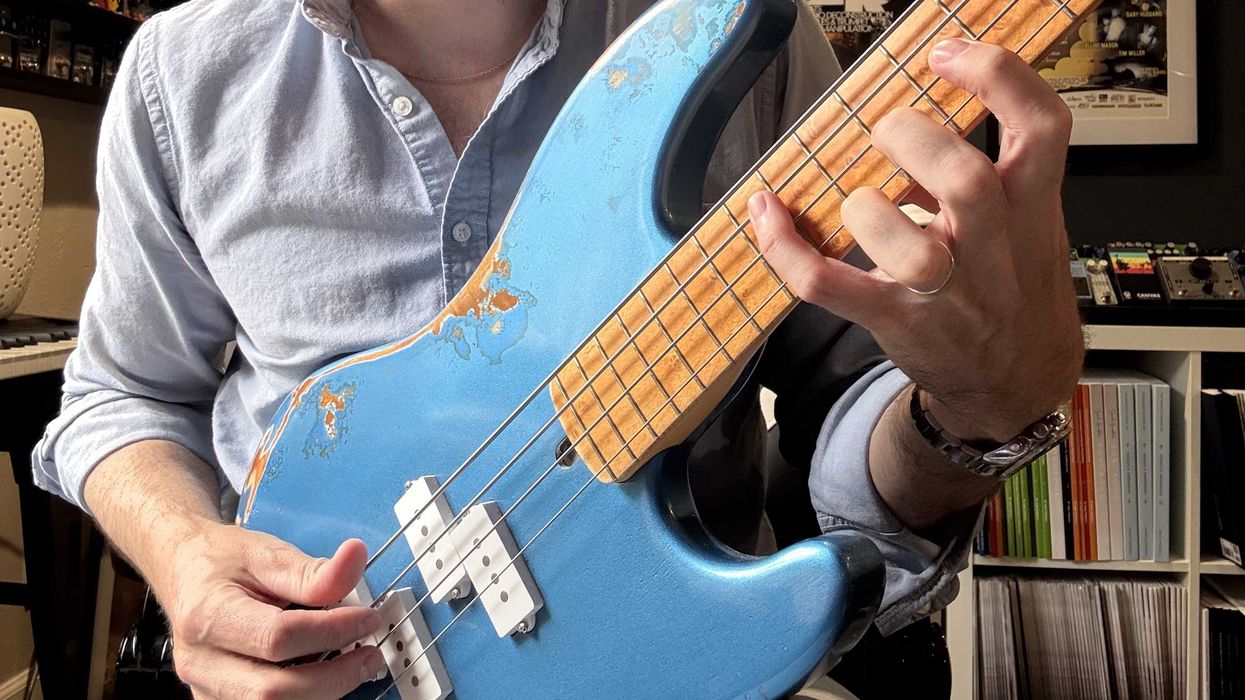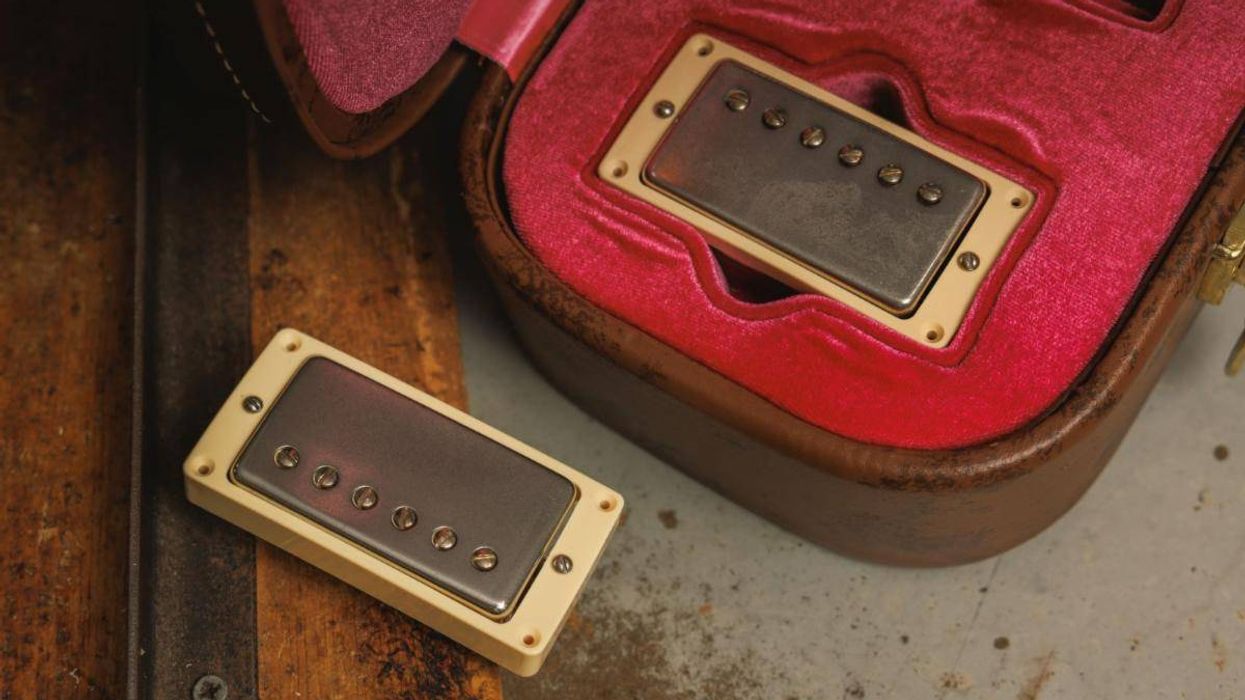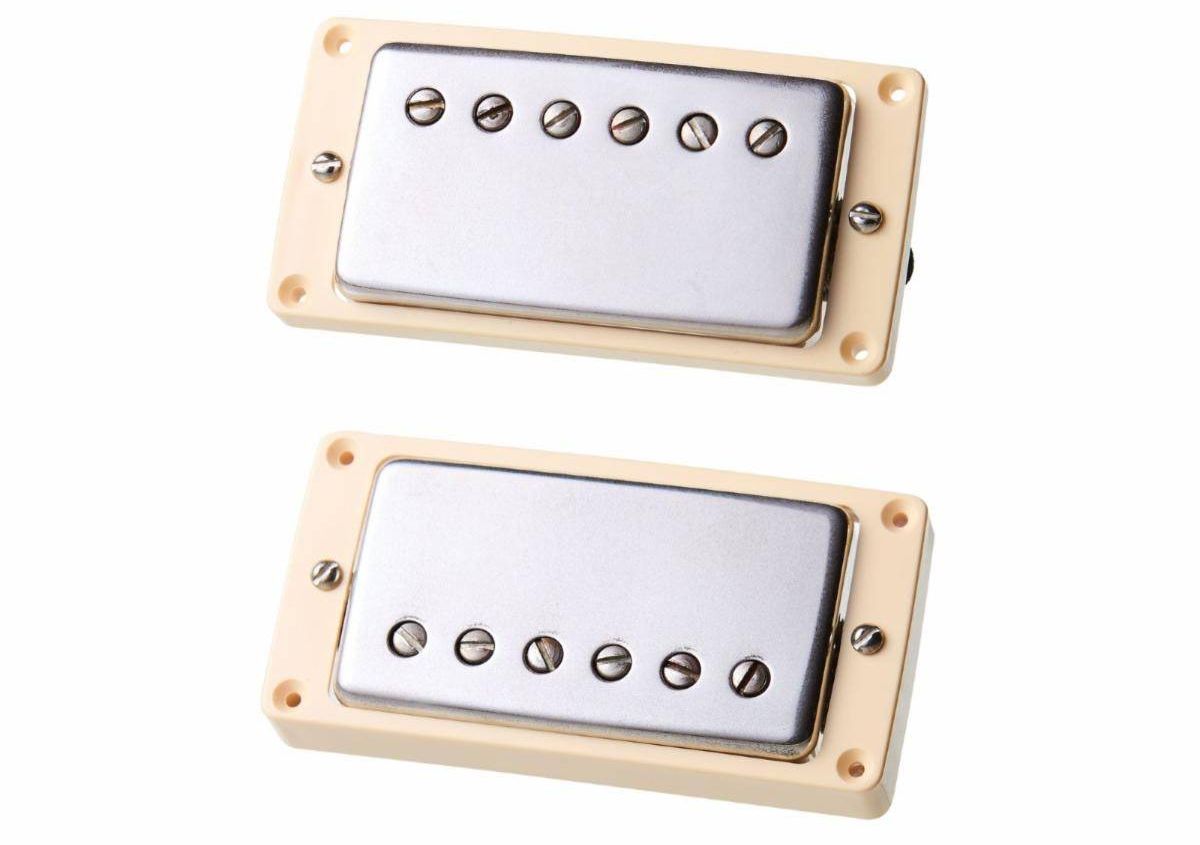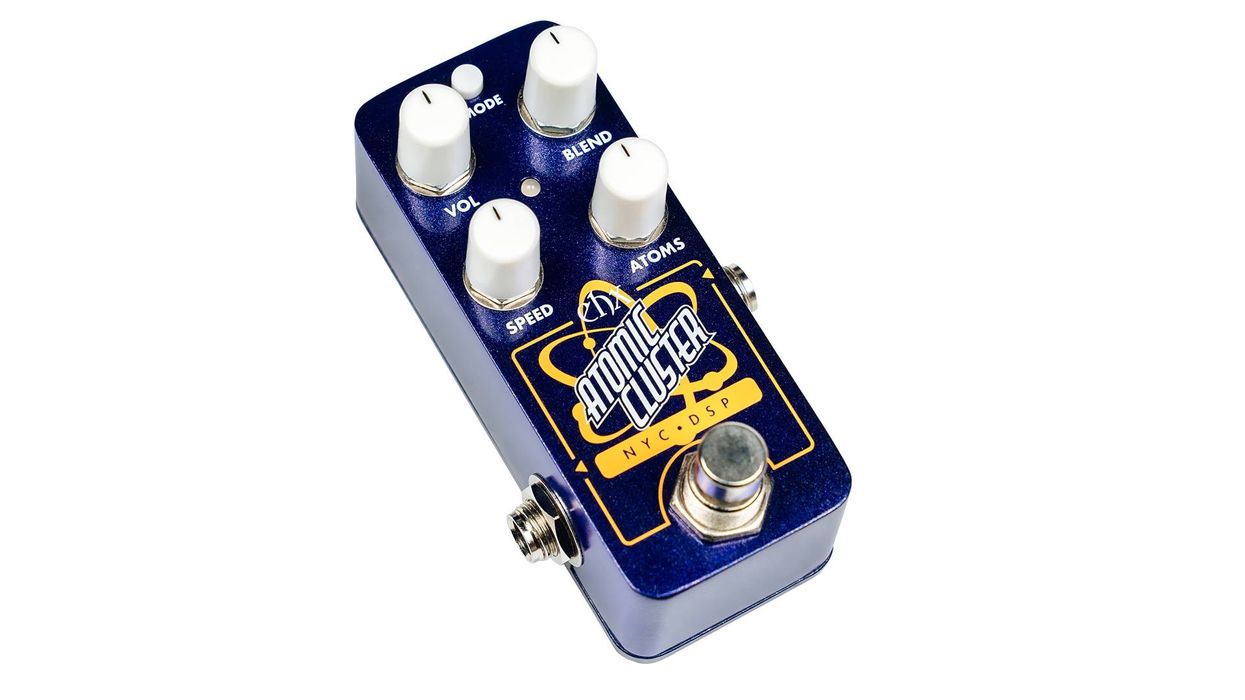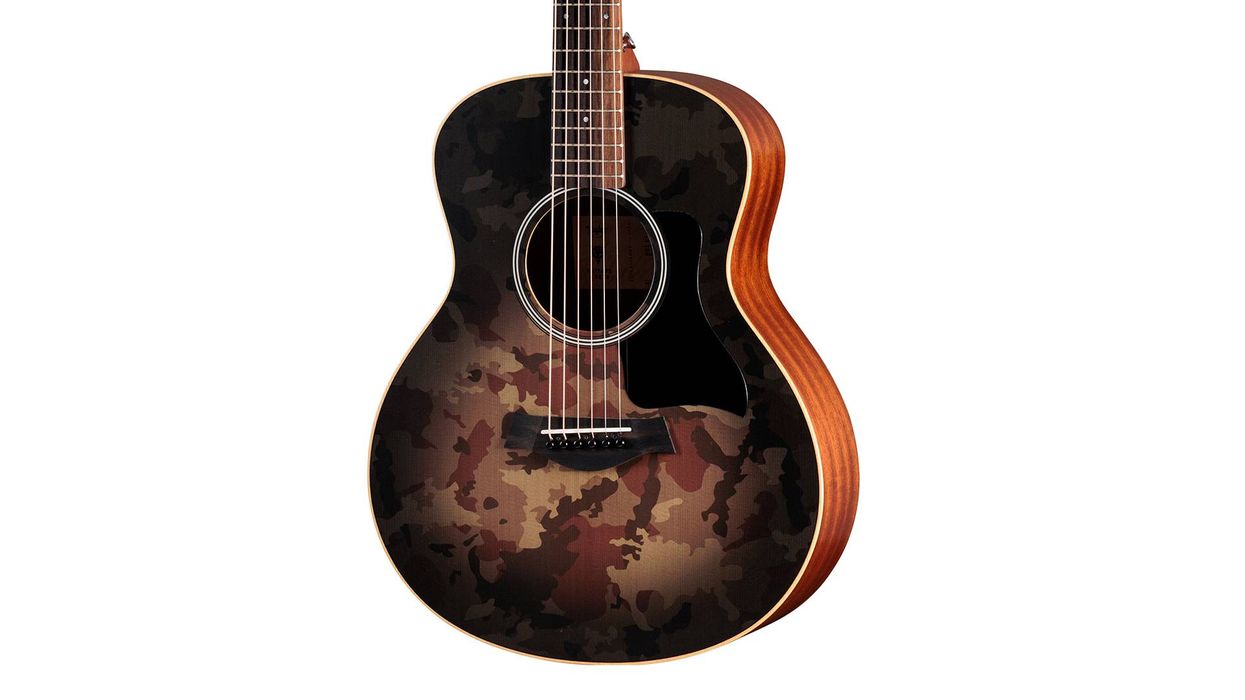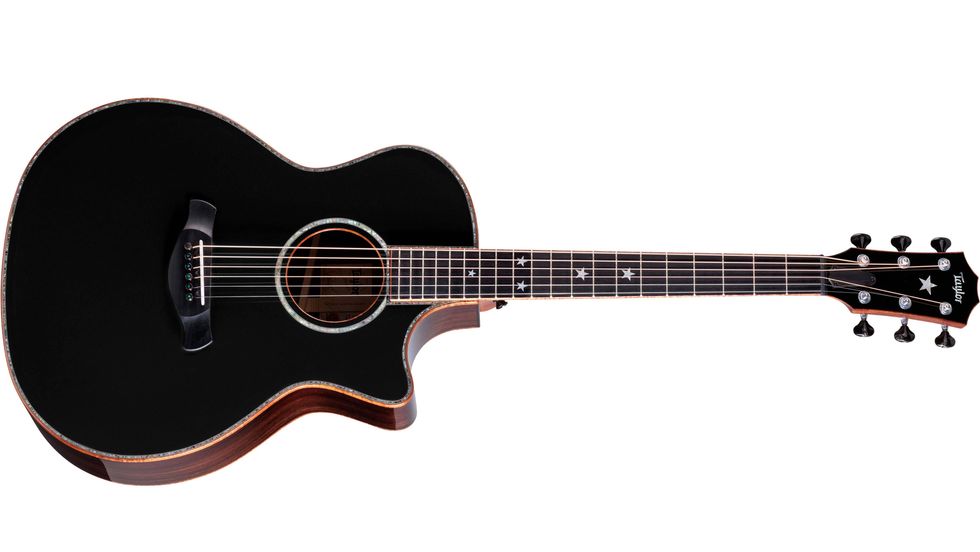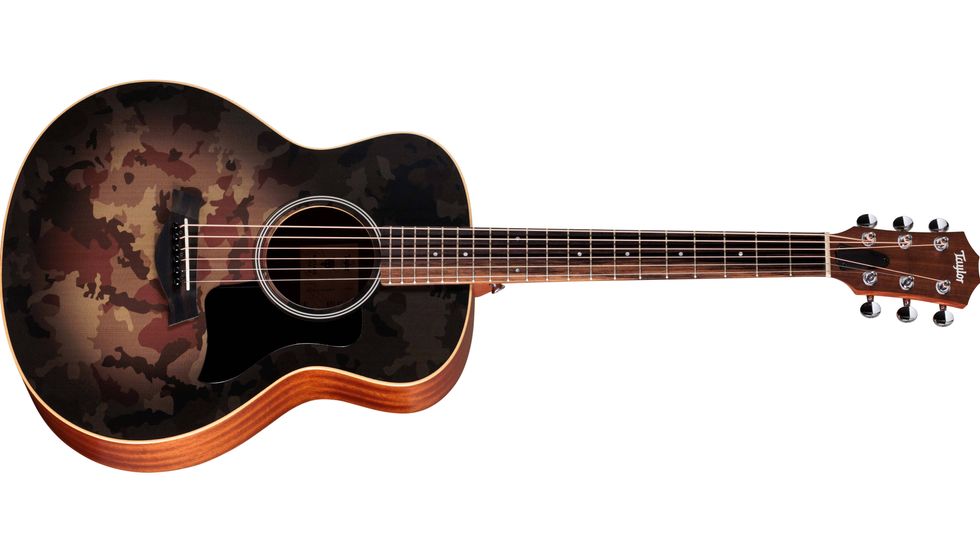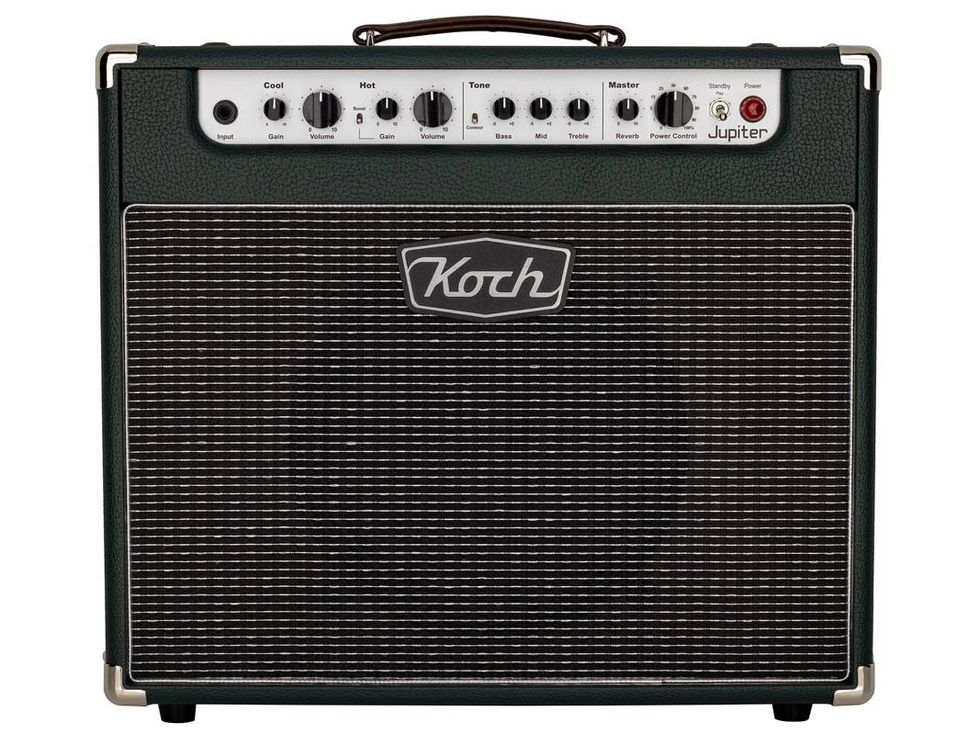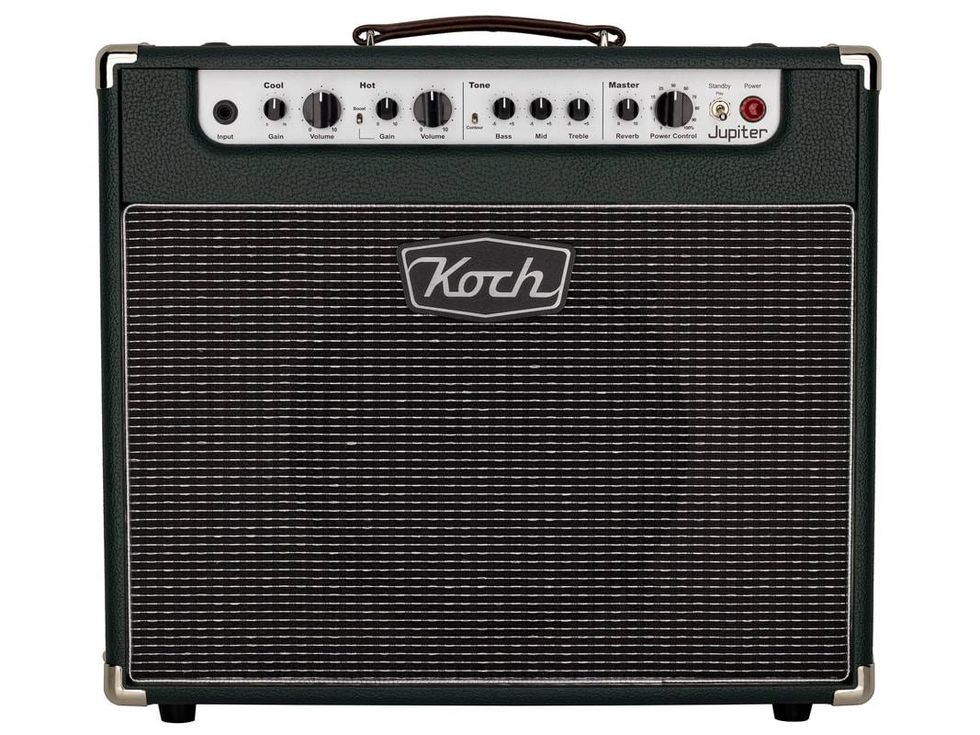When a mic that’s been
around since 1952 is still
in production, there must be
several good reasons. With the
Beyerdynamic M 160 ribbon
microphone, there certainly are
many. It has a small physical
footprint and, with a street price
of around $700, it’s relatively
inexpensive. And, of course,
it sounds damn good! That’s
why Eddie Kramer used it on
every Hendrix recording he
engineered. It has been used by
the likes of Pink Floyd and John
Mayer. David Bowie used it as a
vocal mic, and Andy Johns used
nothing but a pair of M 160s
to capture the classic Zep drum
sound on “When the Levee
Breaks.” So let’s take a look at
this classic and some of its uses.
Ribbon mics are famous for
their warm, natural sound. They
work great when recording guitar
amps, acoustic guitars, strings,
woodwinds, pianos, vocals, and
even drums. What makes the M
160 a little different than other
ribbon microphones is that it features
a hypercardioid polar pattern.
Most ribbons have figure-8
polar patterns, which capture
audio from both the front and
the back of the mic. The hypercardioid
pattern captures only
the sound directly in front of it,
so it can also be used onstage—
where it’s crucial to reject sound
from the sides and back in
order to minimize feedback—as
well as in the studio.
The M 160 is also unusual
in that it features two ribbons,
one arranged above the other.
This provides a hotter output
than some other ribbon mics,
so you can use less preamp gain
and therefore have less noise in
your signal. As an interesting side
note, I learned that the ribbon
transducers are so close to each
other (0.5 mm apart), that they
are wired by hand, and only three
ladies at the Beyerdynamic factory
are capable of doing the job.
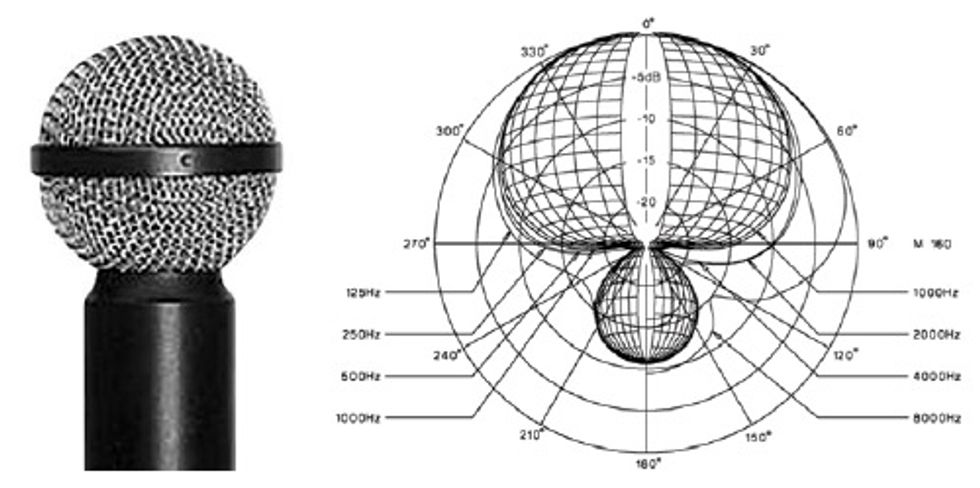
Left: A staple of recording studios since 1952, the Beyerdynamic M 160 uses two closely spaced ribbon transducers to capture sound. Photo courtesy of Beyerdynamic Right: The M 160’s hypercardioid polar pattern allows it to pick up sound from the front (0 degrees) and reject it from the sides and back. For example, at 90 and 270 degrees (perpendicular to the mic’s front), a 1000 Hz signal is reduced by about 15 dB. Graphic courtesy of Beyerdynamic
While I’ve known about this mic for years, I never actually used it until I picked one up a few months back, and its been a go-to mic ever since. The day it arrived, I put it up on my old Magnatone M-10A 1x12 combo, and it was truly magical. I thought, “Ah, no wonder so many people love this mic.” The guitar tones the M 160 captured sounded creamy, thick, warm, and yet balanced. The mic delivers more top end than I expected from a ribbon design, especially one that’s been around since the ’50s.
I usually use multiple mics to create a blend, though, because that approach offers the most flexibility during mixdown. When I paired the M 160 with a Shure SM57 dynamic through a good tube preamp, I realized I’d found a classic setup for recording guitars. I also used it in conjunction with a Sennheiser MD 421 dynamic, and that combination delivered an even meatier tone. After panning the mics virtually on top of each other, I raised the M 160’s fader high enough to deliver the primary mic sound, and then simply brought in the MD 421 (or SM57) enough to thicken the tone.
Interestingly, I found that my usual habit of compressing guitar mics with either a touch of Universal Audio 1176 or Empirical Labs EL7 (in the mix, not in the recording) was unnecessary. The ribbon sound was almost compressed already, so adding more actually removed some of the highs. I’m sure a lot of it had to do with the fact that the amps were heavily distorted and, therefore, were already compressing.
The M 160 also worked great to mic the body of a vintage ’30s Gibson acoustic. It captured that old, woody tone, and I actually added some additional treble at 8-9 kHz to brighten the sound a bit more.
One of my favorite applications for this mic is on drums. Borrowing the Andy Johns trick of using M 160s and a heavy dose of the aforementioned UA 1176 compressor, I used one in front of a kit when recording some TV cues—heavy, live blues cuts—and I placed a single M 160 about six feet in front of the kit, and about five feet off the floor. The drummer, Vincent Miraglia, has an excellent drum kit made of African bubinga wood, and it was a good-sounding room to boot.
Without compression, the mic sounded fine—like a ribbon should. But when you absolutely slam it into an 1176, with the Release almost all the way up and pumping the Input Gain, it becomes a whole new animal—a beast, really. You can clearly hear echoes of that “When the Levee Breaks” sound. It was raw and powerful, and this setup has become the foundation of every drum kit I record now.
I’ve also begun experimenting with placing an M 160 out in the room on guitar recordings and using the same heavy 1176 compression technique. Very cool, indeed.
The versatile M 160 can cover a lot of ground. Whether you spring for a new one or score a used one on eBay, you can’t go wrong having at least one of these quality mics in your collection.
 Rich Tozzoli is a
Grammy-nominated
engineer and mixer who
has worked with artists
ranging from Al Di
Meola to David Bowie.
A life-long guitarist, he’s
also the author of Pro Tools Surround
Sound Mixing and composes for the
likes of Fox NFL, Discovery Channel,
Nickelodeon, and HBO.
Rich Tozzoli is a
Grammy-nominated
engineer and mixer who
has worked with artists
ranging from Al Di
Meola to David Bowie.
A life-long guitarist, he’s
also the author of Pro Tools Surround
Sound Mixing and composes for the
likes of Fox NFL, Discovery Channel,
Nickelodeon, and HBO.



